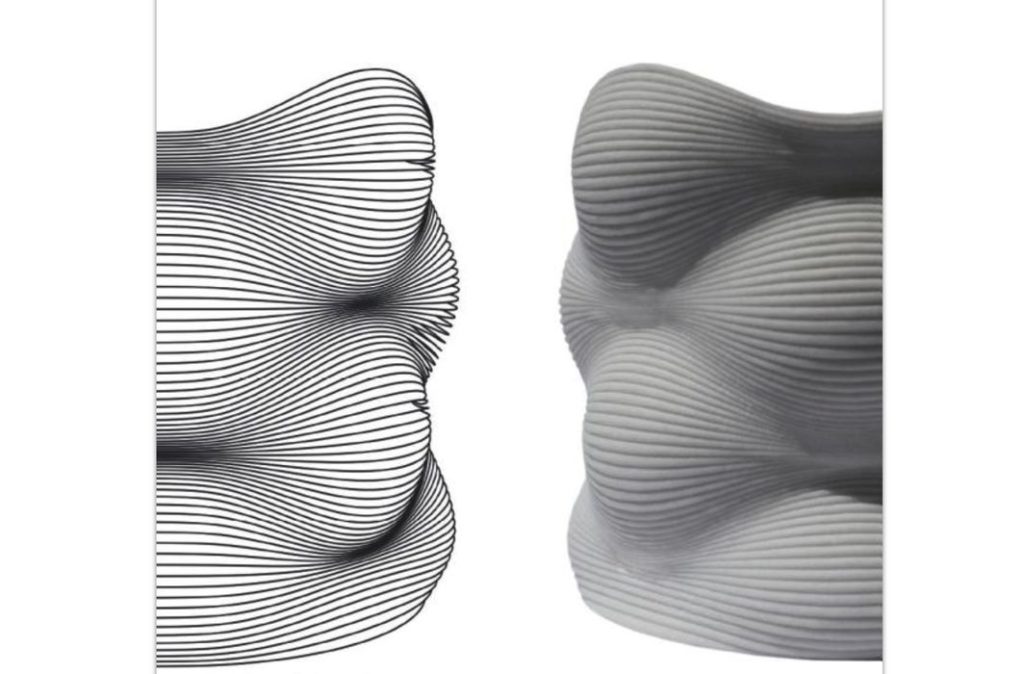
This week’s selection is “Advanced 3D Printing with Grasshopper” by D. Diego Garcia Cuevas and D. Gianluca Pugliese.
While there are many different 3D CAD systems ready to make 3D objects for printing, there’s one that’s a bit different from the rest: Rhinoceros 3D.
Sure, it includes the usual functions you’d expect to find in a sophisticated CAD tool, like sketching, boolean operations and even a NURBS mathematical model, it has one feature that’s quite different from the rest: Grasshopper.
Grasshopper is an add-on to “Rhino”, although in recent years it has become much more tightly associated with the core product to the point where it’s included in the software distributions.
What is it? It’s a way to programmatically drive 3D design. In other words, you use mathematics to cause solid structures to appear and organize.
Grasshopper works through visual flowcharts that step through the operations required to generate an unusual 3D geometry. A complex object is broken down into a series of steps that incrementally build the object. Even better, each step can be complex and is parametric: you can numerically change the generation behavior by “tweaking the numbers”.
You might think this is the same as OpenSCAD, but it’s not. OpenSCAD requires you to literally type in lines of code that execute 3D operations. In contrast, Grasshopper has you dropping flowchart elements and connecting them together. It’s much easier to generate highly complex structures with Grasshopper than OpenSCAD, but that’s not to say it’s easy.
It’s even possible to generate printable GCODE right from Grasshopper, bypassing the need for slicing software entirely, although many simply generate a 3D model and export the .STL version for slicing in separate programs.
The book begins, as many do, with an introduction to 3D printing and digital manufacturing concepts. Unusually, they focus on clay 3D printing using the Delta WASP 2040 3D printer, perhaps the only book to do so.
Later in the book they explain how to integrate Grasshopper into the digital manufacturing process and demonstrate how to generate GCODE with the system. Finally, they close with a number of examples using this approach.
If you’re looking to learn more about Grasshopper and how it can be used in advanced ways, this book could be of assistance.
We’re an Amazon Associate and earn a small fee from qualifying purchases. Help support our 3D print news service by checking out this book!
Via Amazon
